By now the Germans had advanced nearly 200 miles into the Soviet Union’s territory and they were just a third of the way to Moscow.
Lasting for only 18 days, from 22 June to 9 July 1941, and being one of the first actions of Operation Barbarossa, the Battle of Bialystok-Minsk was one of the most destructive that the Soviet Union ever saw during the Second World War.
With Germany’s Army Group Center destroying the borders of the Soviet Union’s western front, defeating every counter-attack of the Soviet Army, and successfully encircling four of the Soviet armies, it was easy for the world to think that the Germans had already won their entire war against the Red Army.
The operation was indeed a victory for the Germans and a total loss for the Soviets, when looking at the numbers of losses for each army.
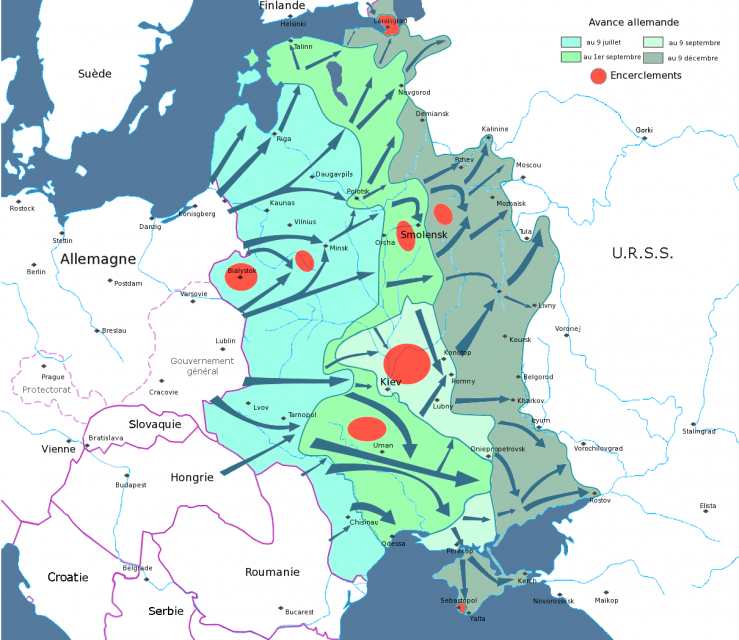
This strategic operation was launched by the Wehrmacht and commanded by Field Marshal Fedor von Bock, who was the head of Army Group Centre. The plan was to attack from Poland through the Bialystok-Minsk-Smolensk axis towards Moscow.
Cooperating with Luftflotte 2, another German force, they managed to successfully encircle the Red Army’s forces in Poland and destroy much of their air force. It was not the Germans’ numbers that caused the Soviets to fare so badly, though, but rather the flaws in their aggressive counter-attack plans, such as the line of demarcation placement in Poland.
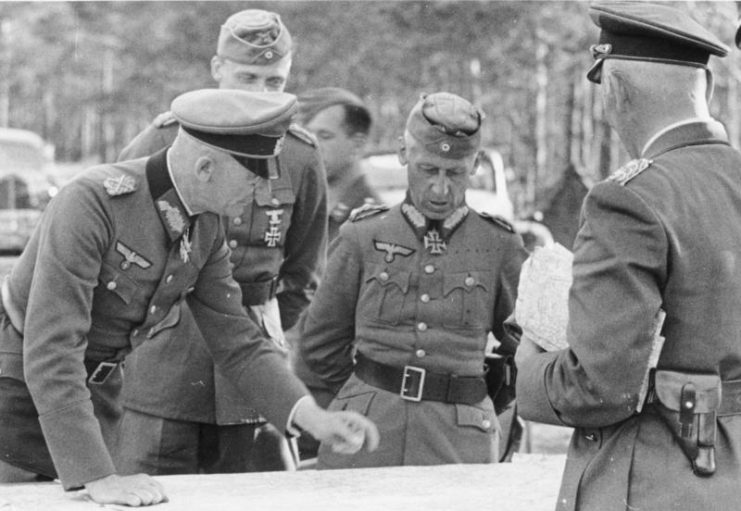
The movement of the Soviet Army into Poland is what made the German plans successful. The German 3rd Panzer Group attacked the Soviets’ 11th Army from the north and moved further into Soviet territory, crossing the Nema River.
Then the 2nd Panzer Group moved 37 miles into Soviet territory, crossing the Bug River by June 23rd, 1941. The plan was to complete the encirclement by having both of the Panzer Groups meet east of Minsk, so that the Soviets could not escape.
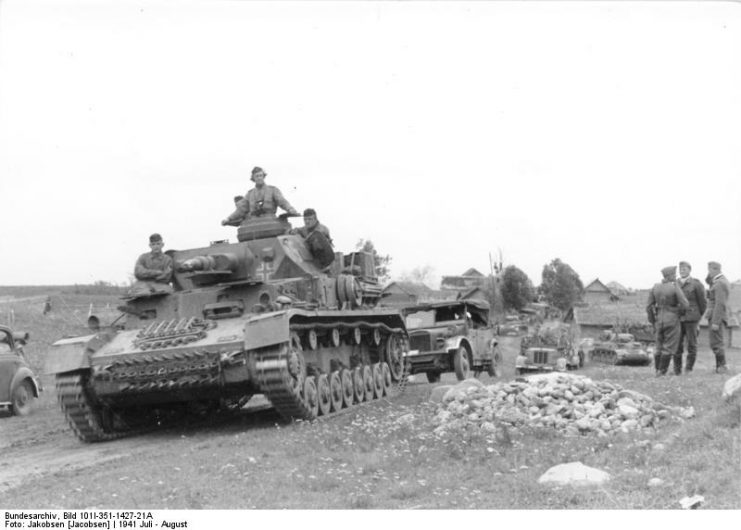
The Soviet 10th Army tried a counter-attack in accordance with prewar planning by June 23rd, 1941, but failed to succeed. General Ivan Boldin took control of the 6th and 11th Mechanized and the 6th Cavalry Corps for a counter-attack towards Hrodna, ordered by General Dmitry Pavlov, trying this way to escape or better yet, prevent the encirclement of the Red Army’s forces.
The counter-attack failed badly and the Soviets suffered many losses, though some units managed to escape the German encirclement.
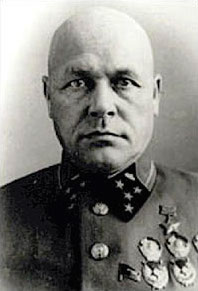
General Pavlov had to order a retreat by June 25th, 1941, withdrawing all the troops to avoid the encirclement in the salient behind the Shchara River at Slonim. Such action was necessary since the contact with the Germans was getting hard to break as the German XLVII Panzer Corps cut between Slonim and Vawkavysk. By then the fuel and resources of the Soviets were running low, making them withdraw on foot.
Mistake or not, the Red Army’s withdrawal gave the Germans an advantage by leaving open the southern approaches to Minsk.
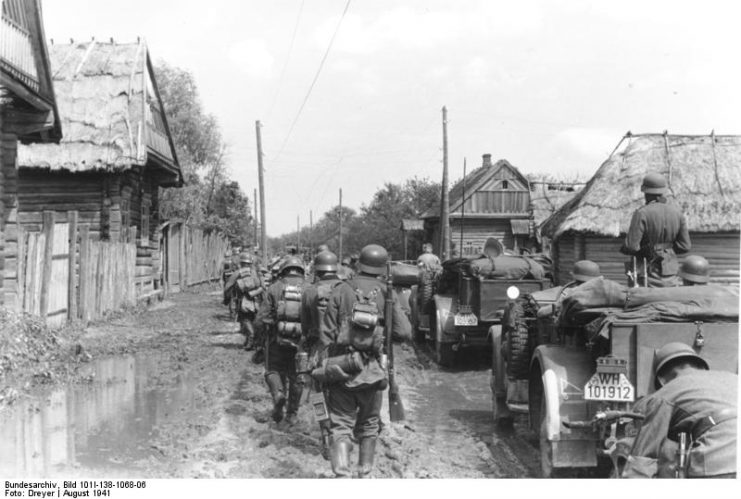
The area east of Minsk was cut off by the Germans just five days after the invasion, an action executed by General Heinz Guderian’s 2nd Panzer Group and Hermann Hoth’s 3rd Panzer Group on June 27th. By now the Germans had advanced nearly 200 miles into the Soviet Union’s territory and were just a third of the way to Moscow.
The Soviet armies were split into two pockets during the encirclement on June 28th by the German 9th and 4th Army. One encircled pocket was up east of Bialystok and contained the Soviets’ 10th Army, while the larger encirclement captured the Soviet 3rd and 13th armies in Novogrudok.
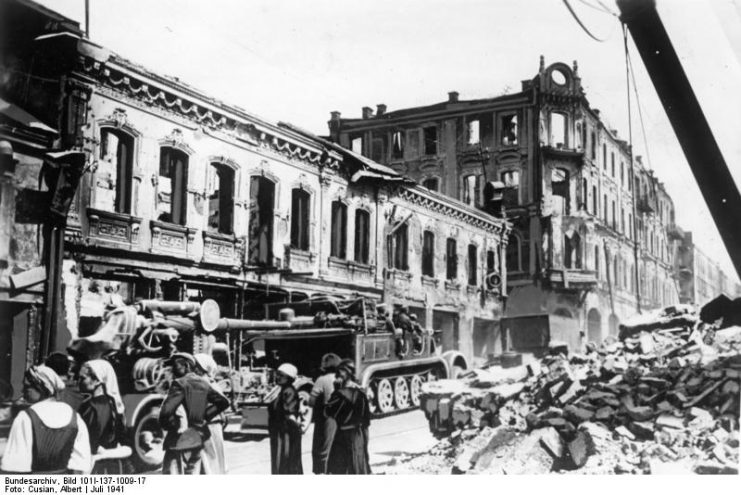
The Red Army tried another counter-attack using their 20th Mechanized Corps and 4th Airborne Corps, but failed to break the encirclement as the pocket was closed by June 30th. Finally, the Soviet 10th, 13th, 3rd, and part of the 4th Armies, with a total of 20 divisions, were destroyed by the Germans.
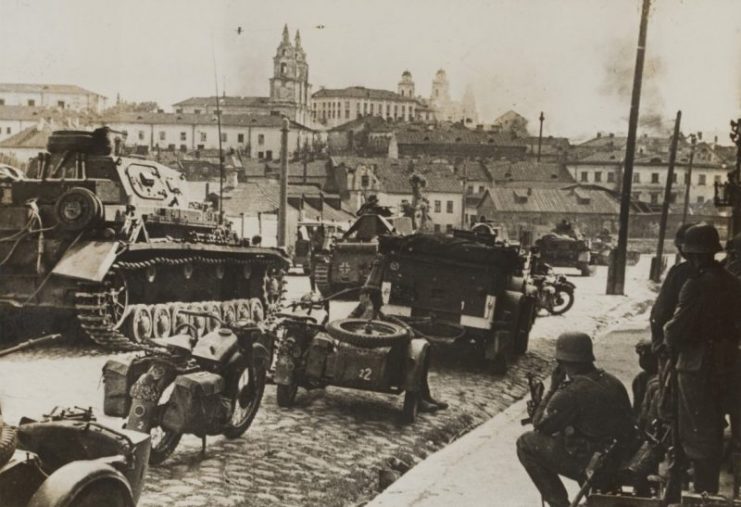
The casualities were tremendous for the Soviets: 417,729 men. The equipment the Red Army lost was also great, comprising 1,177-1,669 aircraft, 4,799 tanks, and 9,427 guns and mortars.
The Germans, on the other hand, lost a comparably small number of 12,157 men, considering that the initial attack started with a total number of 750,000 men. The battle was ferocious for the Soviets and caused them a defeat which made the world think they lost the war.
